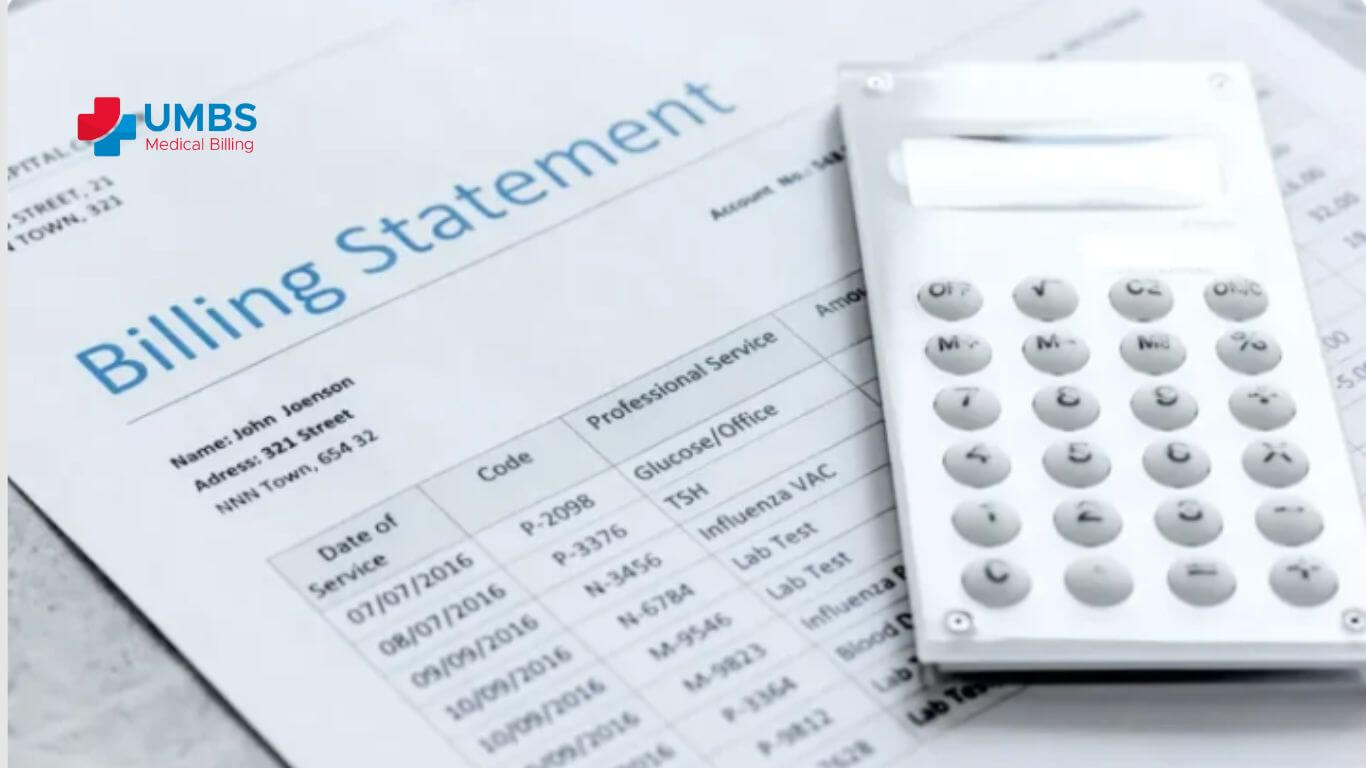In the evolving landscape of healthcare, patient-centricity has become a guiding principle. Beyond clinical care, this approach extends to the financial aspects of healthcare, including billing and payments. More and more healthcare providers are realizing the significance of crafting a patient-focused billing experience emphasizing transparency, affordability, and convenience.
In this comprehensive guide, we will explore the concept of patient-centric billing and how it can enhance the billing experience for patients while optimizing financial operations for healthcare organizations.
Patient-Centric Billing – Overview
Patient-centric billing places patients at the center of the financial process, aiming to:
- Provide clear, understandable information about healthcare costs, insurance coverage, and billing processes.
- Offer options for patients to manage healthcare expenses, such as payment plans and financial assistance programs.
- Simplify billing and payment processes, making it easy for patients to understand and fulfill their financial obligations.
- Build trust with patients by addressing their financial concerns, offering support, and resolving billing inquiries promptly.
Strategies for Implementing Patient-Centric Billing
Transparent Cost Estimates
Develop clear and standardized pricing structures that outline the cost of common procedures and services. Additionally, ensure these prices are readily available to patients.
Assist patients in understanding their insurance coverage, including deductibles, copayments, and out-of-pocket maximums. Moreover, clearly communicate how these factors affect their financial responsibilities.
Clear Billing Statements
Ensure that billing statements use plain language, avoiding medical jargon and complex terminology. Consequently, this clarity helps patients understand their charges more easily.
Moreover, provide itemized billing statements that detail the services received, associated costs, insurance adjustments, and patient responsibilities.
Financial Counseling
Identify patients who may benefit from financial counseling and reach out to them proactively, especially for high-cost procedures.
Use financial counseling sessions as opportunities to educate patients about the importance of medical bills, insurance, and financial planning.
Digital Solutions
Ensure that online portals and mobile apps have intuitive, user-friendly interfaces that accommodate patients of varying technological proficiency.
Allow patients to access their complete payment history, making it easier to track and manage their healthcare expenses.
Responsive Customer Support
Consider having specialized billing teams trained to handle complex billing inquiries and issues.
Establish service level agreements for response times to patient inquiries, ensuring that patients receive prompt assistance.
Education and Communication
Host workshops or webinars to educate patients on topics like health insurance literacy and how to navigate the billing process.
Send automated reminders and notifications to patients regarding upcoming bills and payment due dates.
Affordability Programs
Develop clear criteria for financial assistance programs, including income thresholds and asset limits. Make these criteria readily available to patients.
Simplify the application process for financial assistance programs to reduce barriers for eligible patients.
Automated Payment Options
Allow patients to choose payment schedules that align with their financial preferences, whether it’s monthly, bi-weekly, or customized.
Send automated payment confirmation emails or messages to reassure patients that their payments have been received.
Feedback and Improvement
Conduct surveys to gather patient feedback on their billing experience. Use this feedback to drive targeted improvements.
Encourage collaboration between billing teams and patient experience teams to address pain points identified through patient feedback.
Also Read Safeguarding Patient Data: HIPAA Compliance in Billing
Patient-Centered Payment vs. Current Value-Based Payments
Patient-Centered Payment aims to fix issues seen in current fee-for-service payment methods while avoiding new problems that arise with current value-based payment models:
- Fill in the Gaps: Patient-Centered Payment ensures that patients are adequately compensated for needed services, including proactive wellness care and care management to maintain health and prevent avoidable services. Providers have the flexibility to deliver services in ways that best suit each patient.
- Quality Care for All: Unlike Pay for Performance programs, Patient-Centered Payment guarantees high-quality care for every patient, not just a majority or specific subset. Providers can tailor services to each patient’s needs and are accountable for achievable outcomes, not factors beyond their control.
- No Incentive for Over or Under Treatment: Unlike Shared Savings/Downside Risk programs, Patient-Centered Payment doesn’t reward skimping on necessary care nor penalize providing extra or expensive services to those who need them. Providers are paid for delivering evidence-based services and not for poor-quality care.
- Addressing Individual Needs: Unlike Population-Based Payment and Capitation programs, Patient-Centered Payment ensures payments are sufficient for providers to deliver quality care to every patient, including those with acute health issues, new chronic conditions, or barriers to traditional services. Providers are compensated only for addressing a patient’s specific needs.
Conclusion
Implementing these strategies and diving deeper into patient-centric billing practices can transform the billing experience for patients, making it more transparent, accessible, and supportive. Such an approach not only enhances patient satisfaction but also contributes to more efficient revenue cycle management for healthcare organizations. It aligns financial operations with the overarching goal of providing patient-centered care, fostering trust, and ultimately improving the overall healthcare experience.






